This is not the sharpest tool in the shed, nor does it have some crazy autofocus performance. Yet, this is my new absolute favorite lens. Read on to find out why the Canon EF 50mm f/1.4 is a fantastic choice even in 2024.
I’ll be honest, I am reluctant to try out cameras and lenses that don’t have a Phase One logo on them, simply because I find them not interesting, and I know that they won’t offer a significant enough performance boost for me to upgrade. Full frame reached its peak at the Canon 5DS, and there is nothing better so far when it comes to image quality. I had my 5DS and EF 24-70mm f/2.8 for the longest time, and knew that I would only upgrade my camera if it would mean shooting on a Phase One.
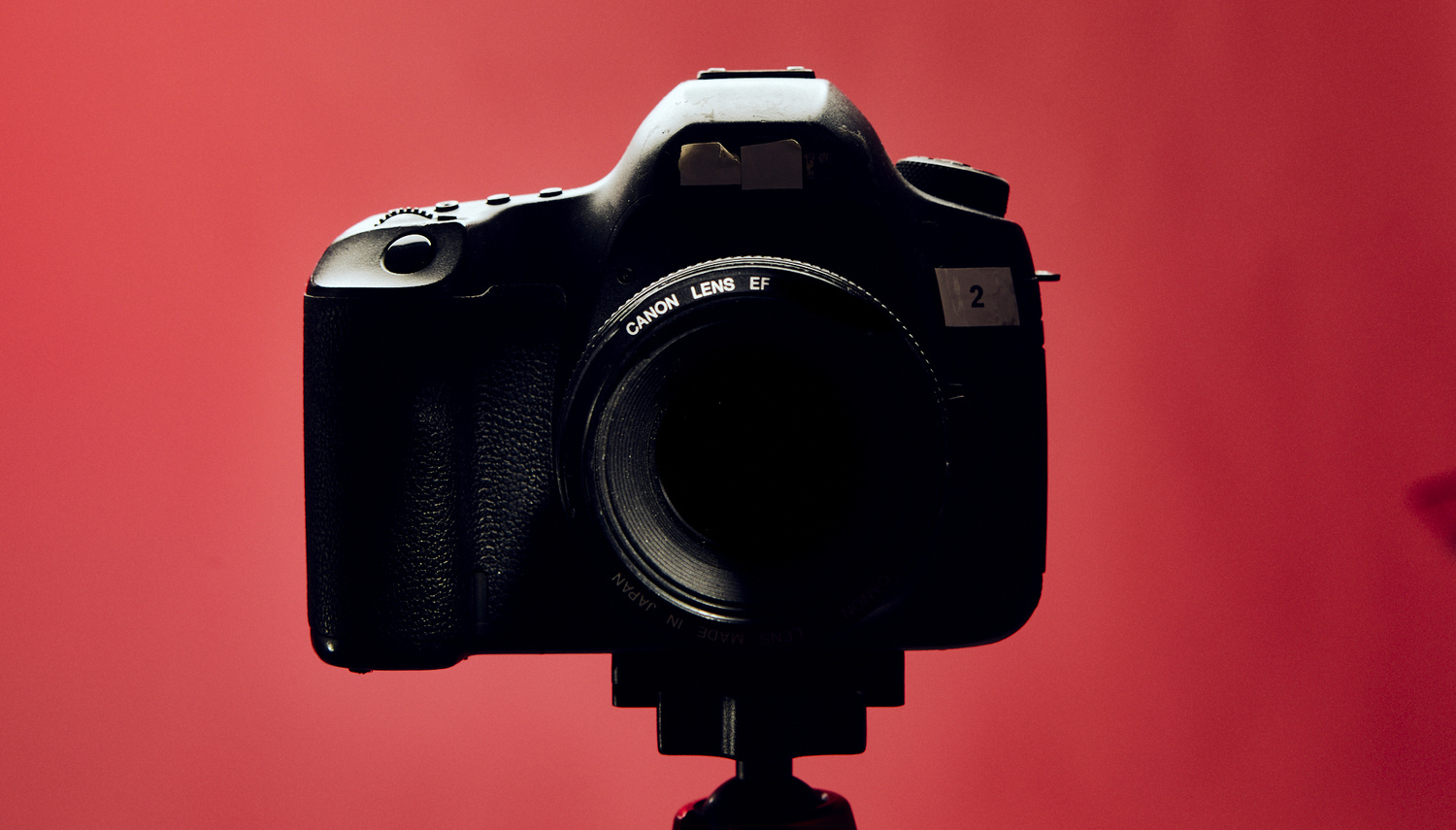
But then I happened to go to Sweden for the nth time, and my dear friend Brandon pushed me to try out the EF 50mm f/1.2 and the f/1.4 version. Brandon, an amazing photographer himself, is, unlike me, very knowledgeable about various gear. This is fantastic, as he is keeping up with the trends and shooting mirrorless, with some sexy EF and RF lenses. One day he let me borrow the Canon EF 50mm f/1.4 and said he won’t need it back for a while. Having used this lens on a ton of shoots, I am now a big fan. The lens is plenty sharp, and most importantly, plenty lightweight.
Build Quality 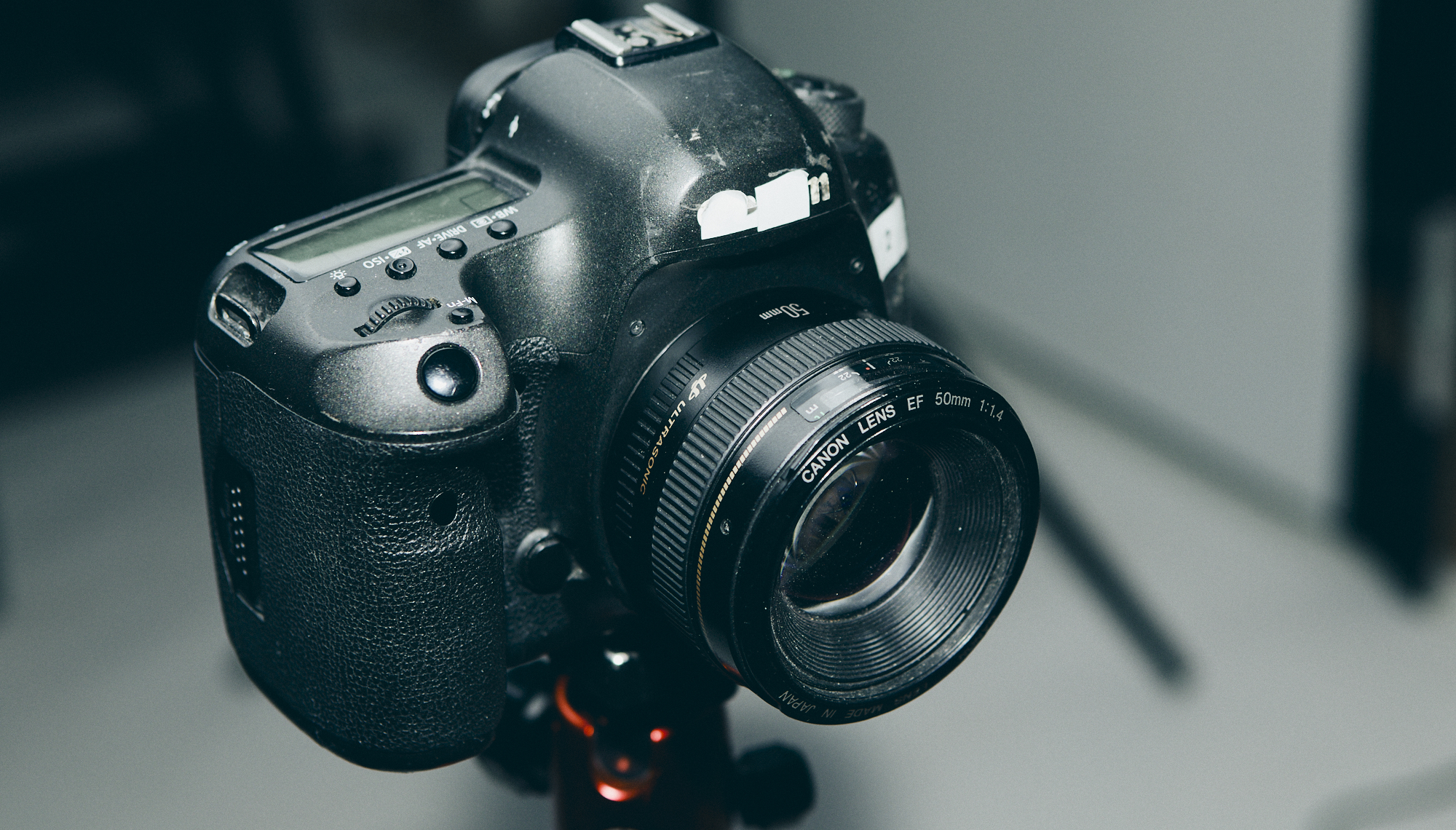
The weight was frankly the most important reason I switched to using this lens. It wasn’t for any other reason. The lens is made from plastic, and the construction feels somewhat solid, but still quite cheap. This is standard for Canon’s USM range of lenses. It still feels solid enough to be a pro-level lens. Coming in at 290 g and 73.8 x 50.5 mm, it is really a small lens that you barely feel on your camera. Compared to most other lenses, this is a super small lens that is super good for those of us who shoot extensively, for days on end. It is also a perfect travel lens, as it is so small you don’t feel it.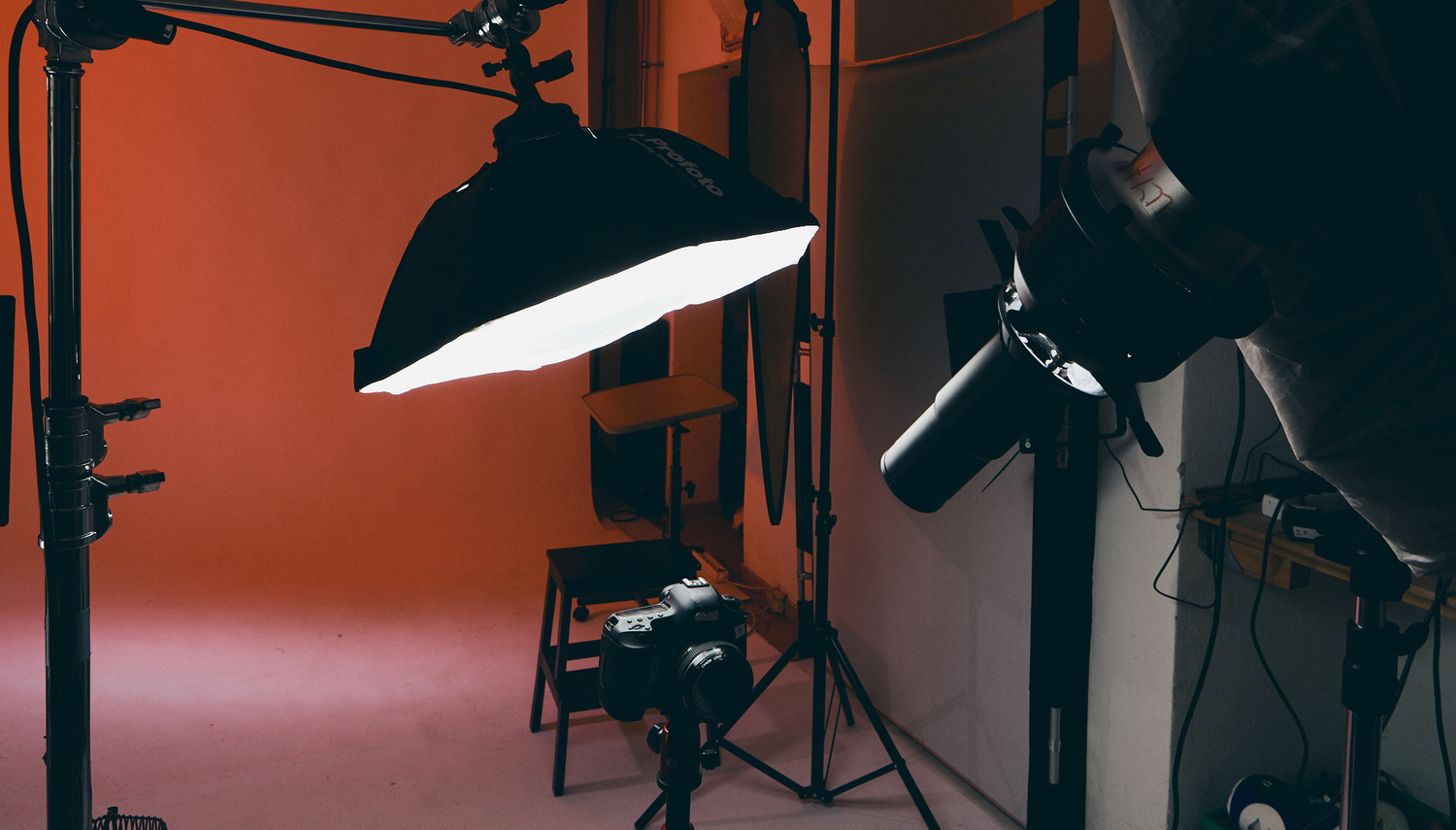
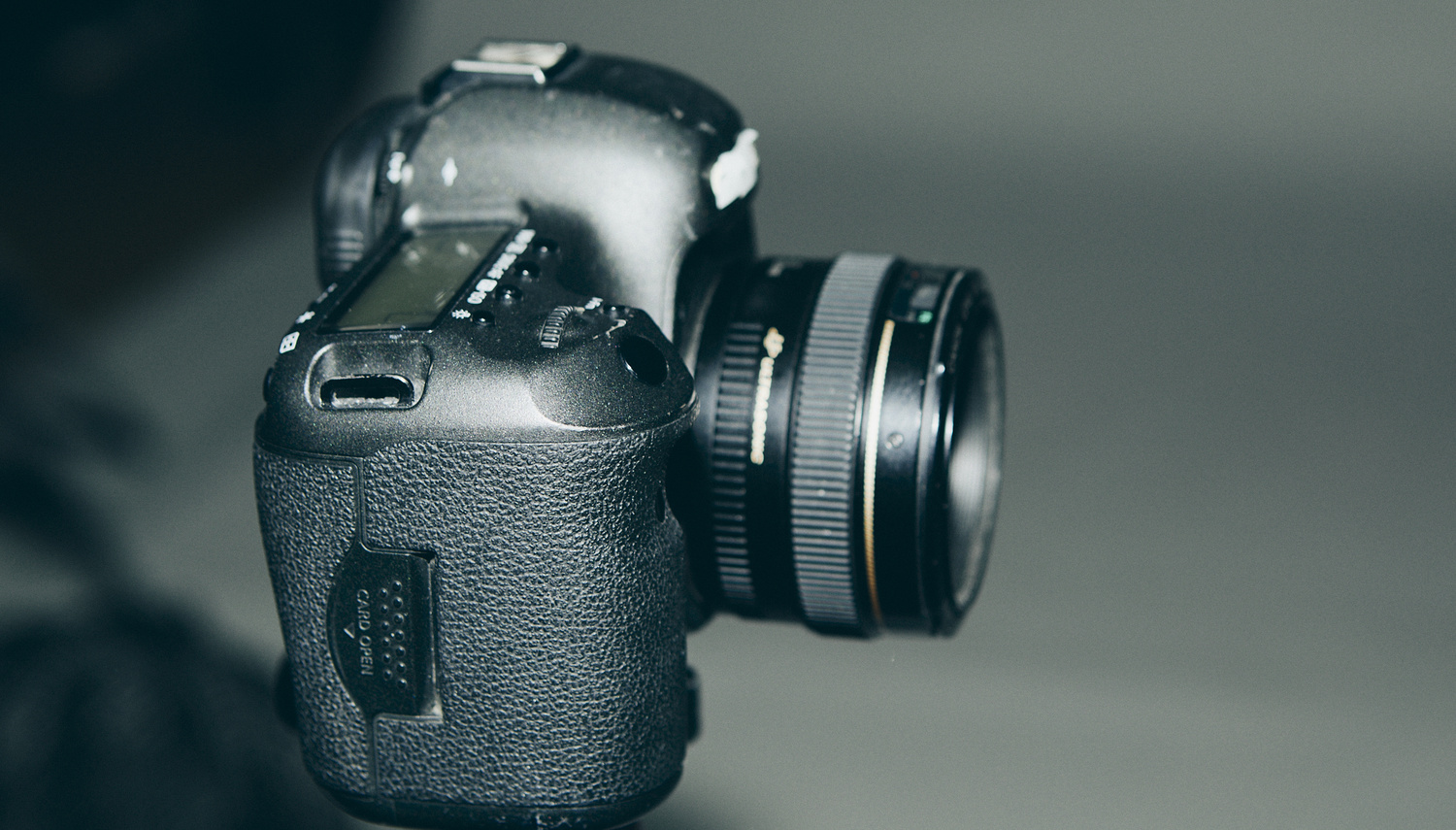
The lens mount is metal, which is a bonus when it comes to durability and quality, of course. That said, it lacks weather-sealing, so I’d be careful about taking it on location in rough conditions. In terms of other features, it has a single focus switch from manual to auto and a focus ring with a distance scale. The focus ring is not nearly as smooth as the ones you’d find on the more expensive L lenses, but you get what you pay for. It really doesn’t make a difference to shooters who use autofocus, which is most of us.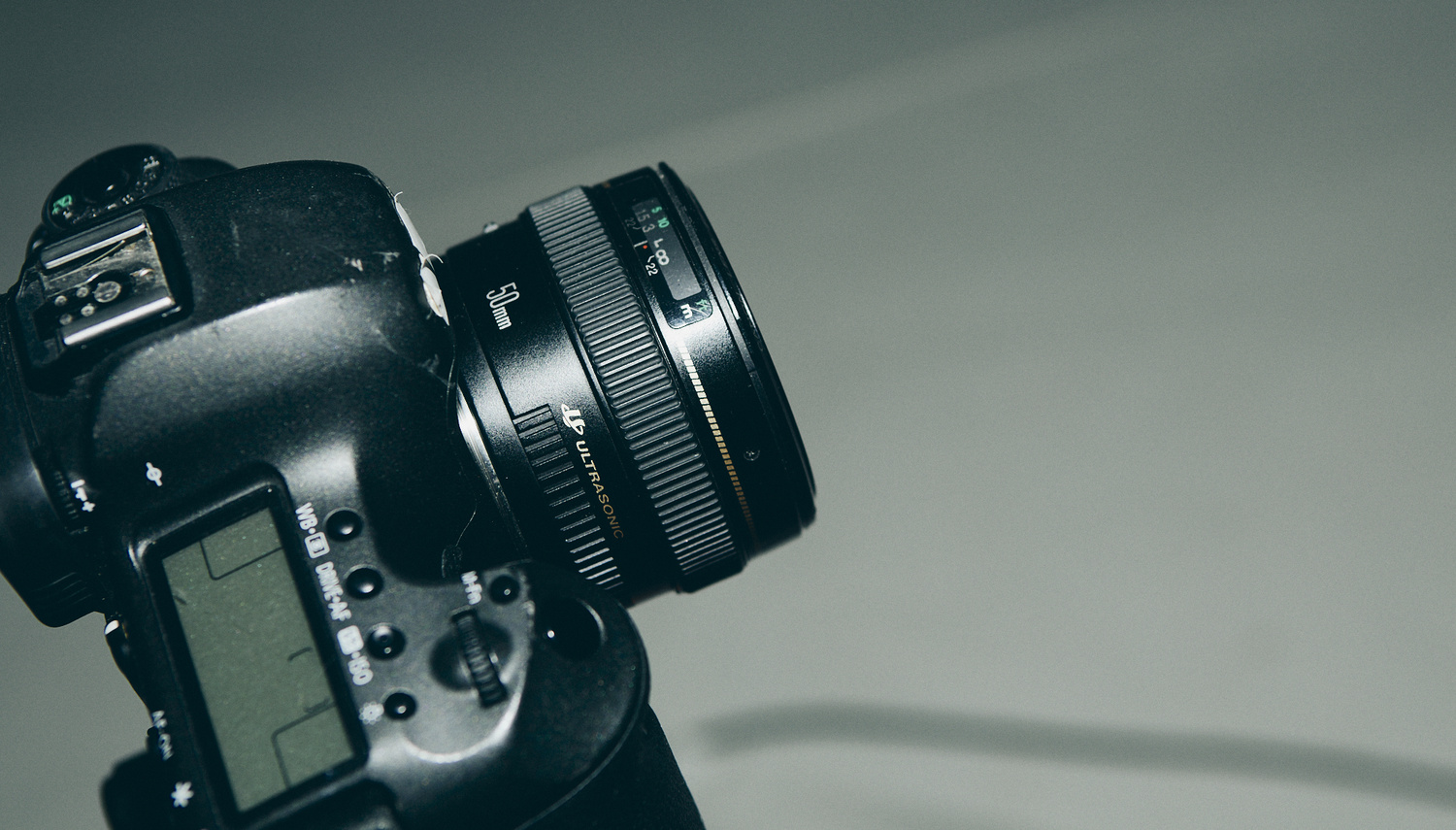
Performance
This is where the lens both shines and falls through. Let’s go one by one. If you will be using this lens at f/11, there is really nothing to worry about at all. It’s a solid performer and has a slight edge over the 24-70mm f/2.8, which surprised me quite a lot. But let’s be real here. Very few people are buying a fast prime to use it at f/11. We are interested in seeing how this lens performs at wide apertures. This is indeed where things start to get interesting, as you can’t quite use it at wide apertures.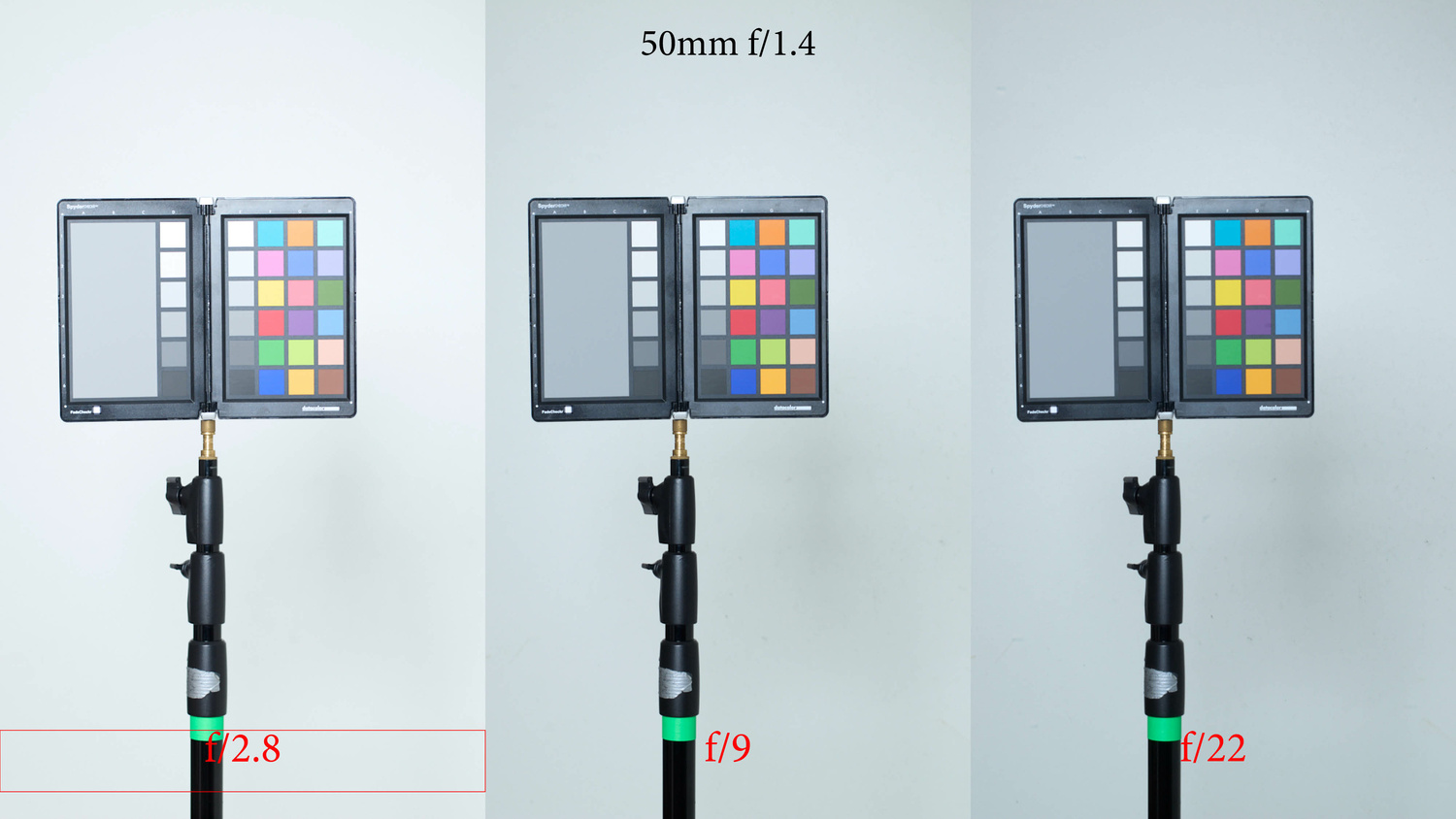
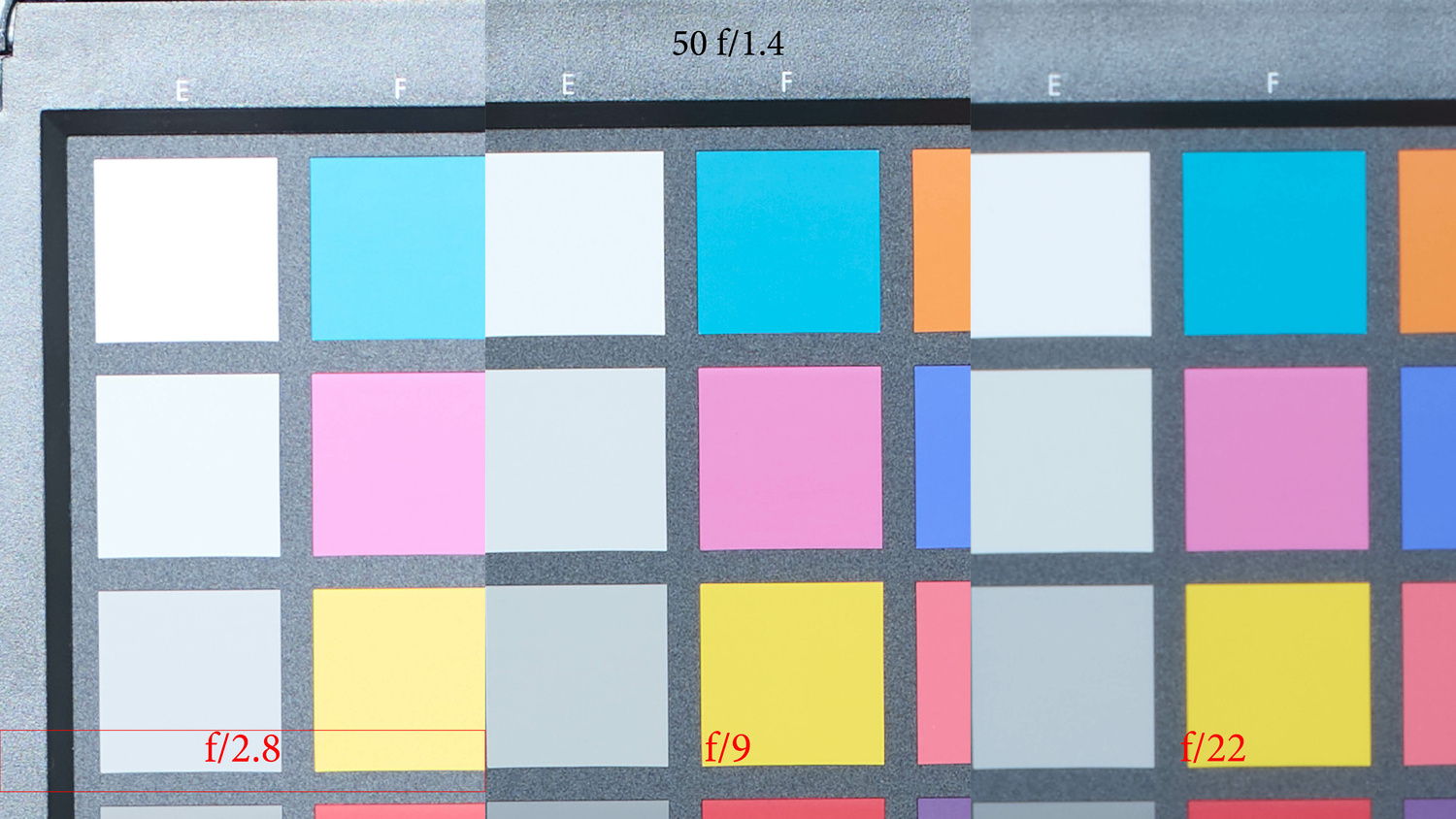
Having tested this lens, it is atrocious at f/1.4. I wouldn’t say that the images are unusable, maybe on a film camera, or a low-resolution crop-sensor camera, but certainly not on a 50 MP studio camera. The lens can’t resolve detail at f/1.4, and I would not advise anyone to use it at that aperture setting.
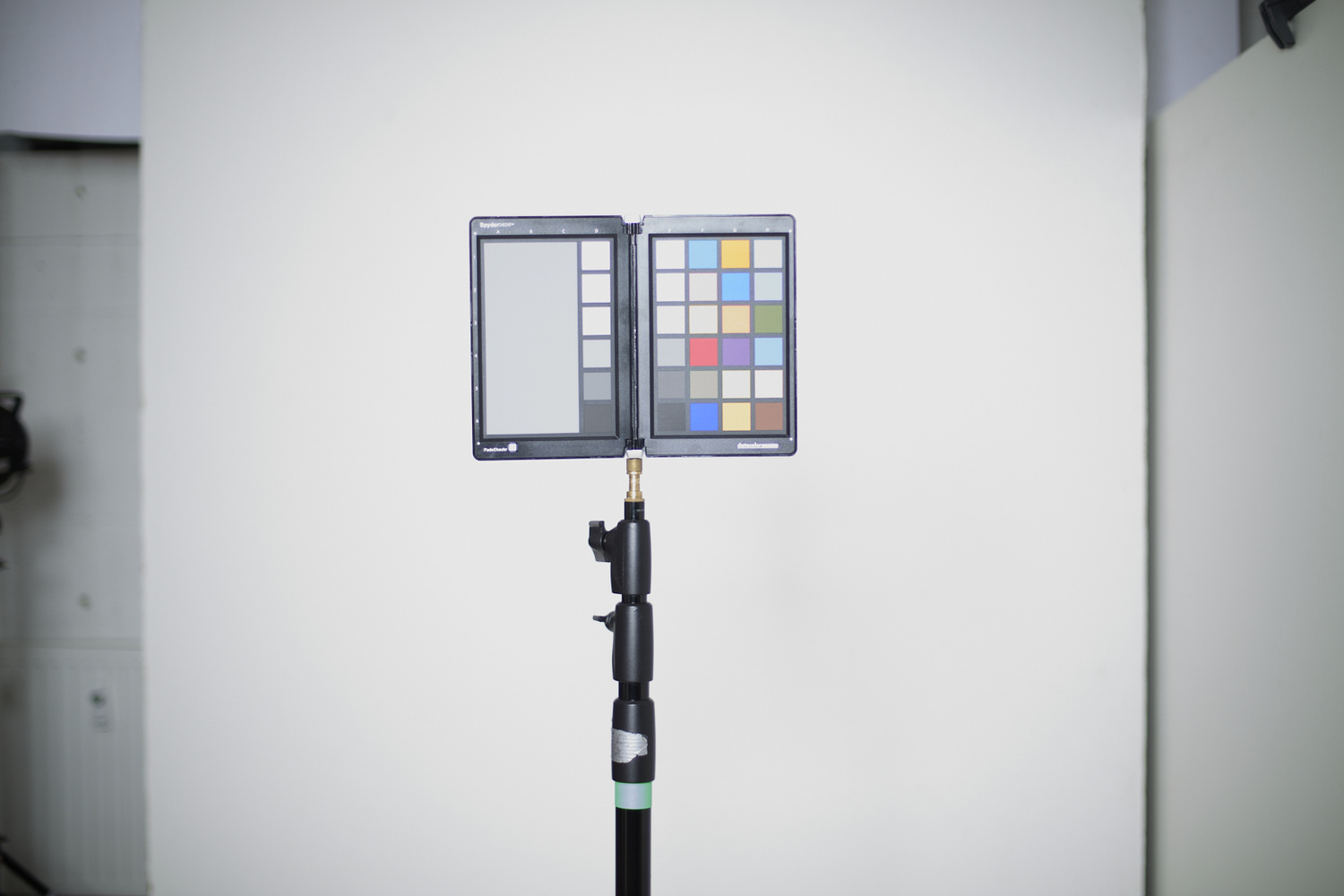
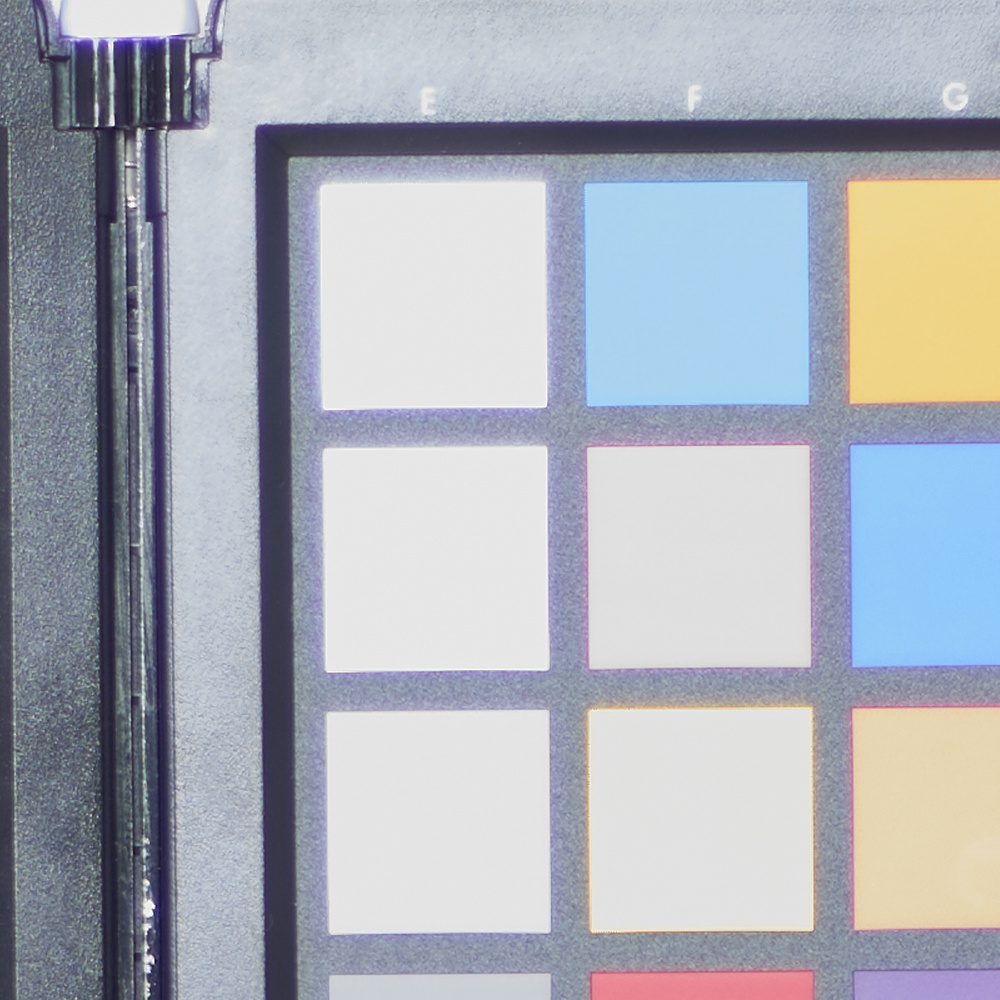
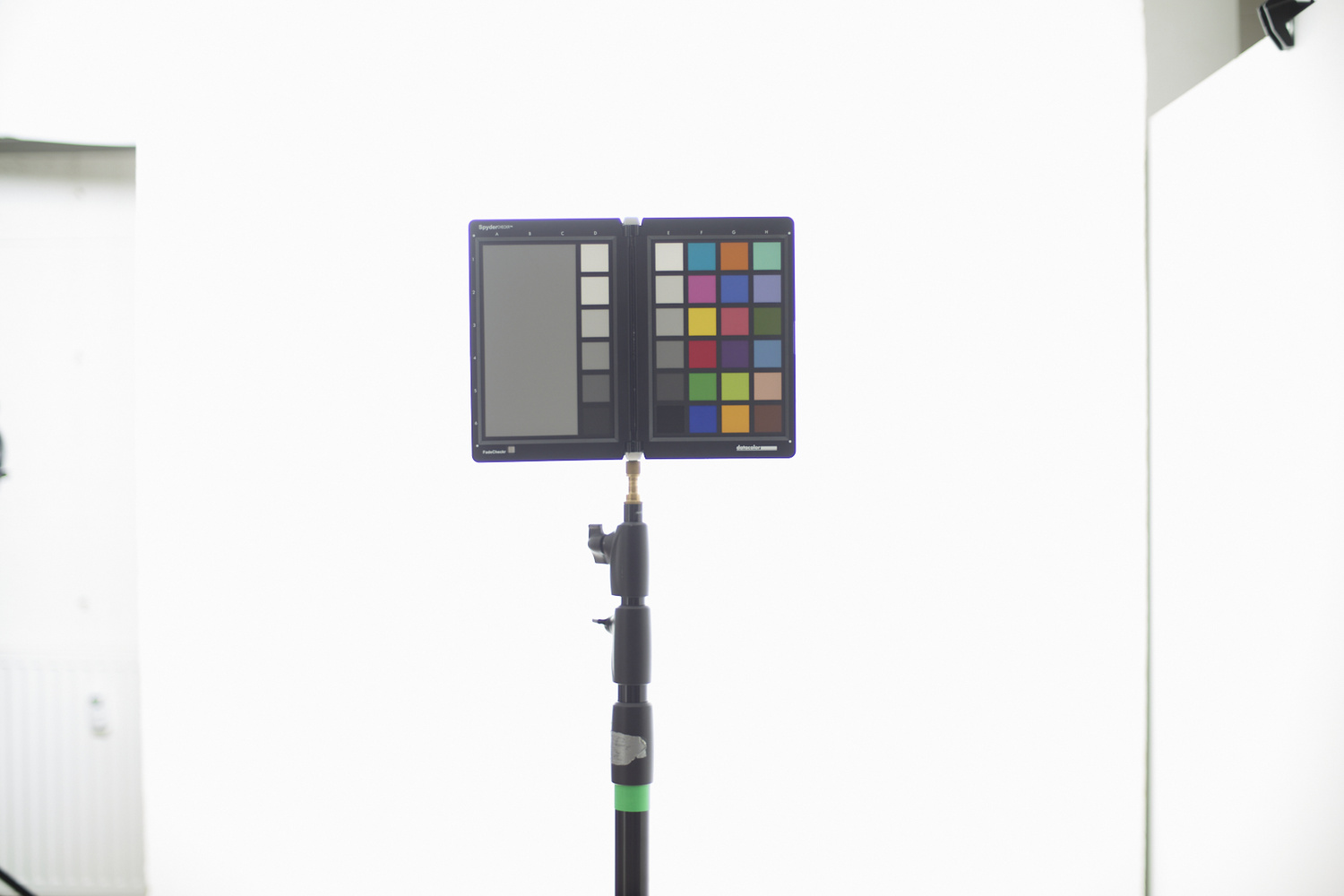
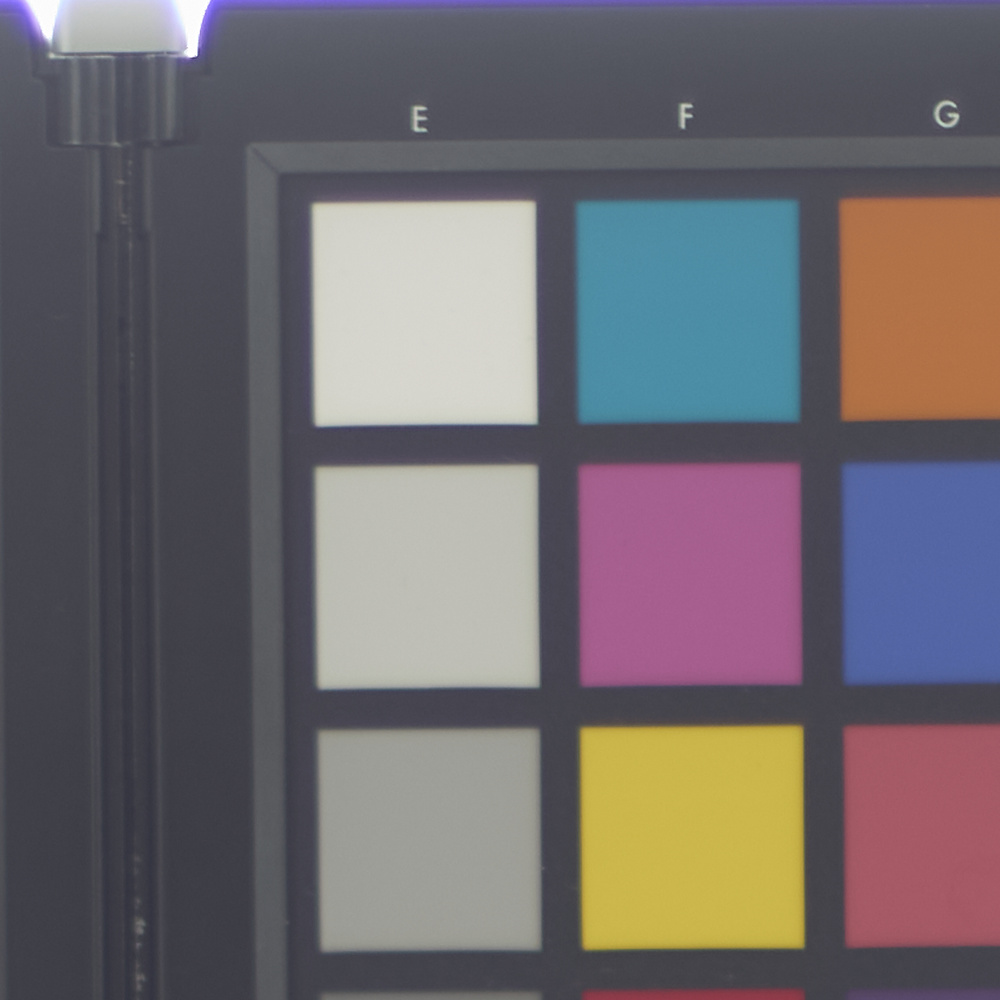
If you start stopping it down, things improve a lot. At f/2.8, it resolves more than the 24-70mm, which again is very nice to see. Stopping it down even more makes things even better, but that peaks at around f/9-f/11. Going anywhere further will only make things worse due to diffraction. Chromatic aberrations and ghosting are very prominent at f/1.4, and only disappear more or less completely by stopping it down to f/8. As such, the usable aperture range for shooting high-resolution stills is f/8-f/11, but that is the usable range I say for every lens.
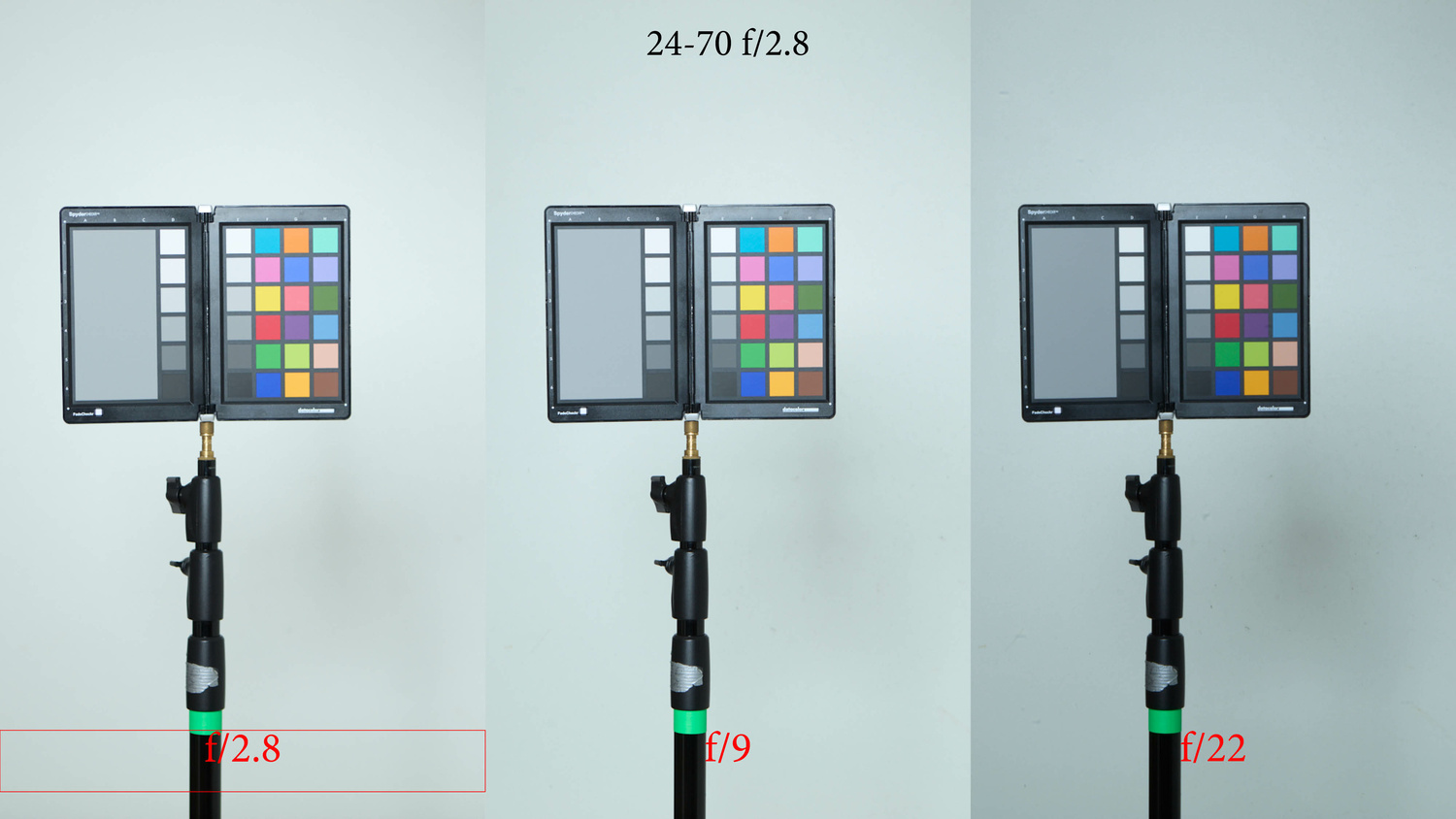
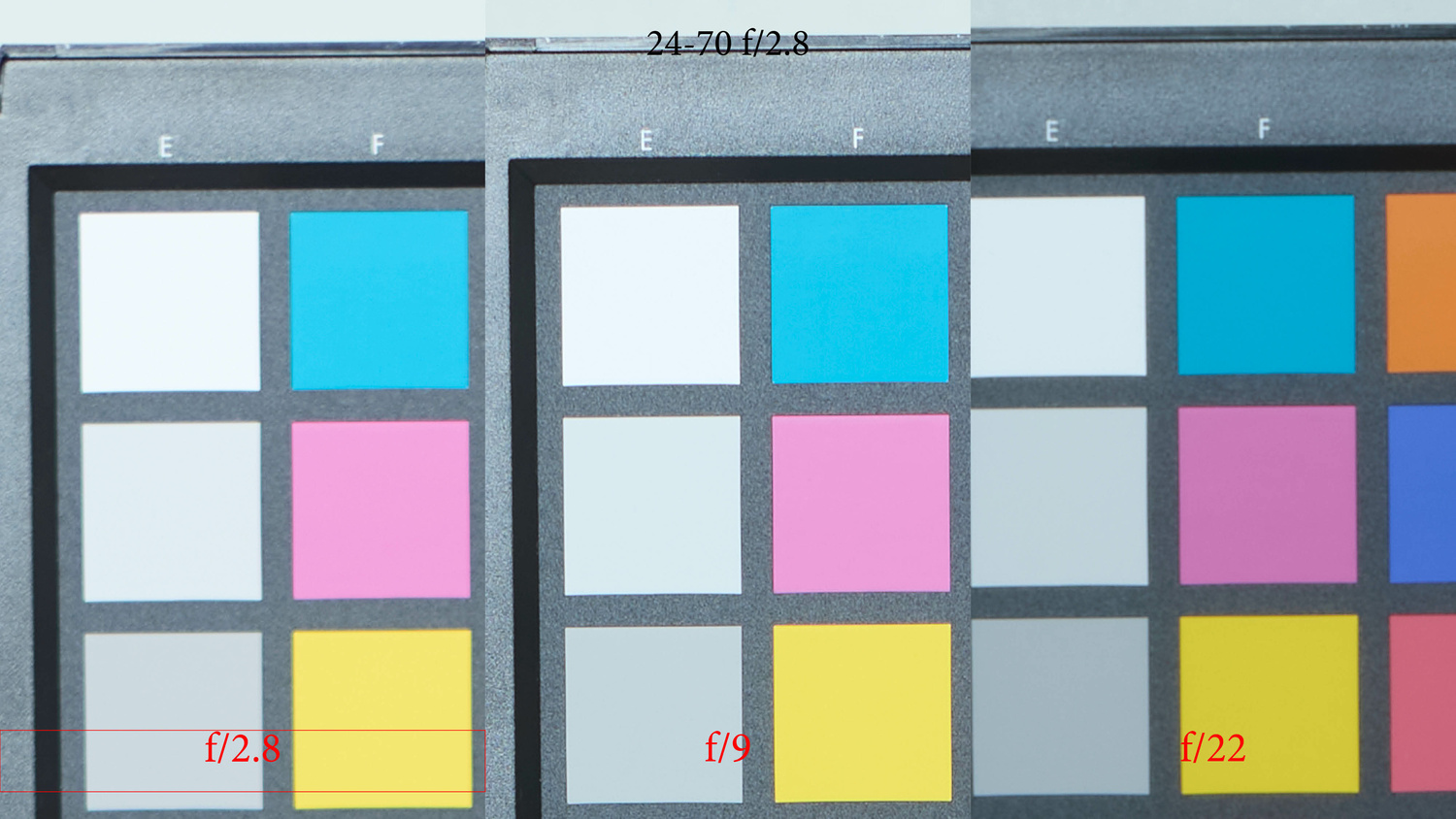
My point here being that if you are looking for a fast prime lens to get creamy bokeh, don’t go for this lens if you plan on shooting on a high-resolution camera. On a 5D Mark II, it is absolutely usable, though. If you want ultimate detail and resolving power, get the much pricier Canon 50mm f/1.2. That lens will give you the ultimate resolution power as far as 50mm lenses for the EF mount go.
If you are, however, like me and already shoot at around 50mm, and simply need a lens that will offer less weight while not sacrificing performance as much, the 50mm f/1.4 is a solid choice. I prefer this lens over the 24-70mm f/2.8 when I don’t need the fastest focusing, or ultimate sharpness, although as we can see, the difference is very minimal between the two.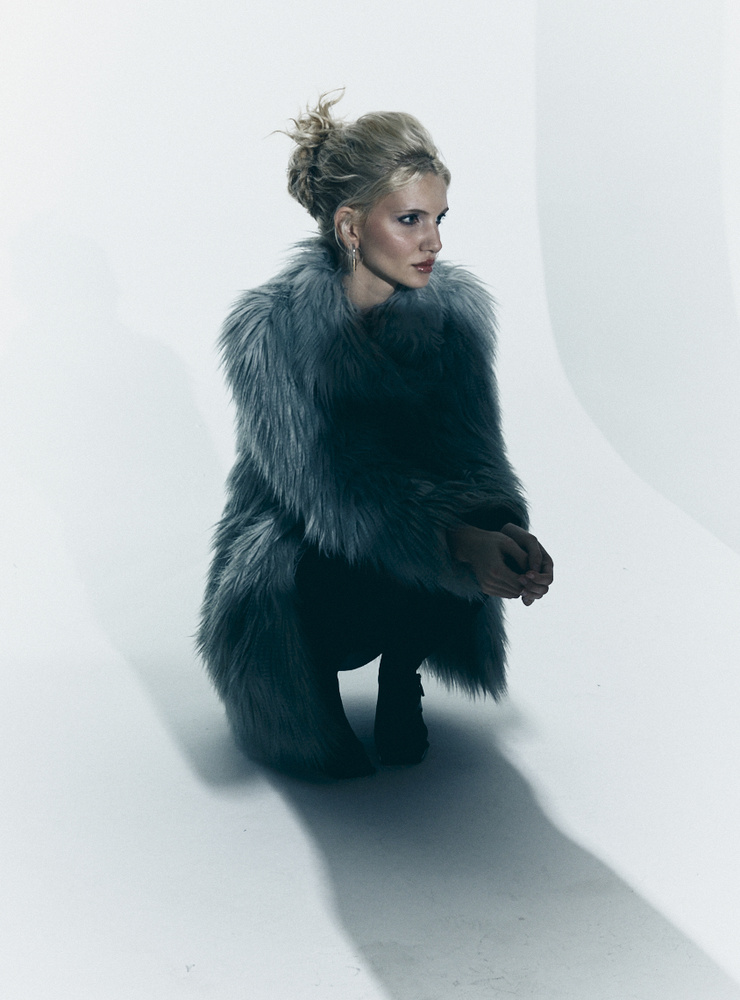
When Do I Skip Using It?
Well, when I need critical sharpness. For example, on a job that will be printed in one way or another, or where I will need to crop. Because the performance of this lens is not as good as my 24-70mm f/2.8, I do take it off for jobs where we can’t rent a Phase, but we can print the images. Shooting everything on a 5Ds means that I do capture a ton of detail, and can crop in quite heavily at the end. But it also means that the lens in front of that camera should resolve more detail than 35mm. While neither the 50mm nor the 24-70mm can do that, the 24-70 does get better around the same focal length. So far, the setup has never been criticized by critics that matter: my clients. But it’s not a sexy setup, which hardly bothers me.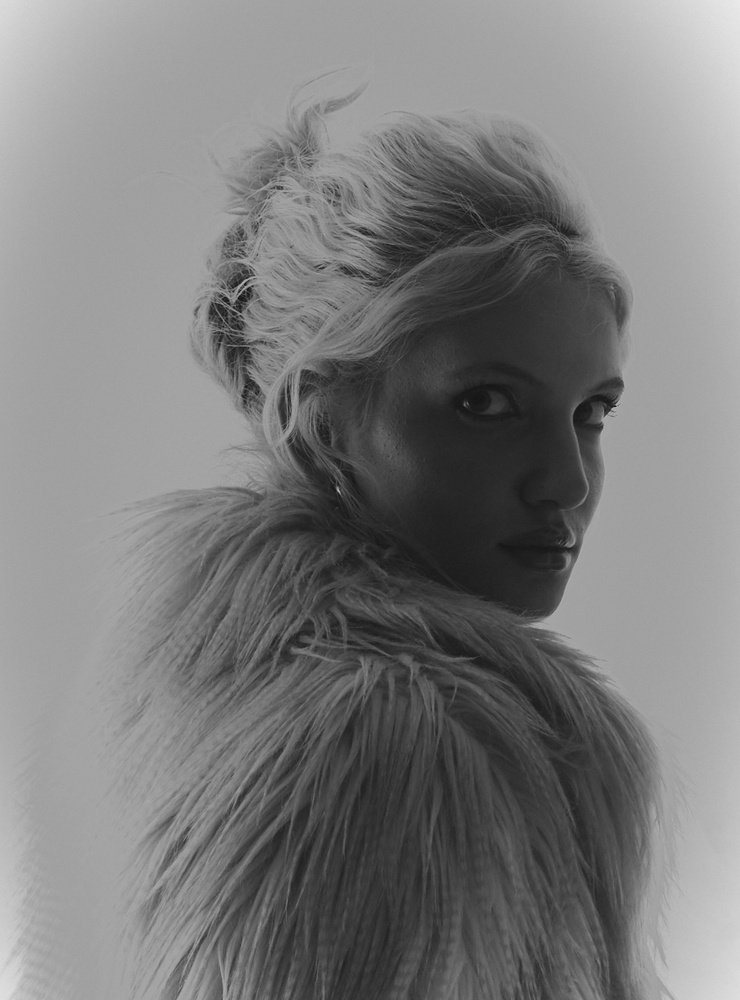
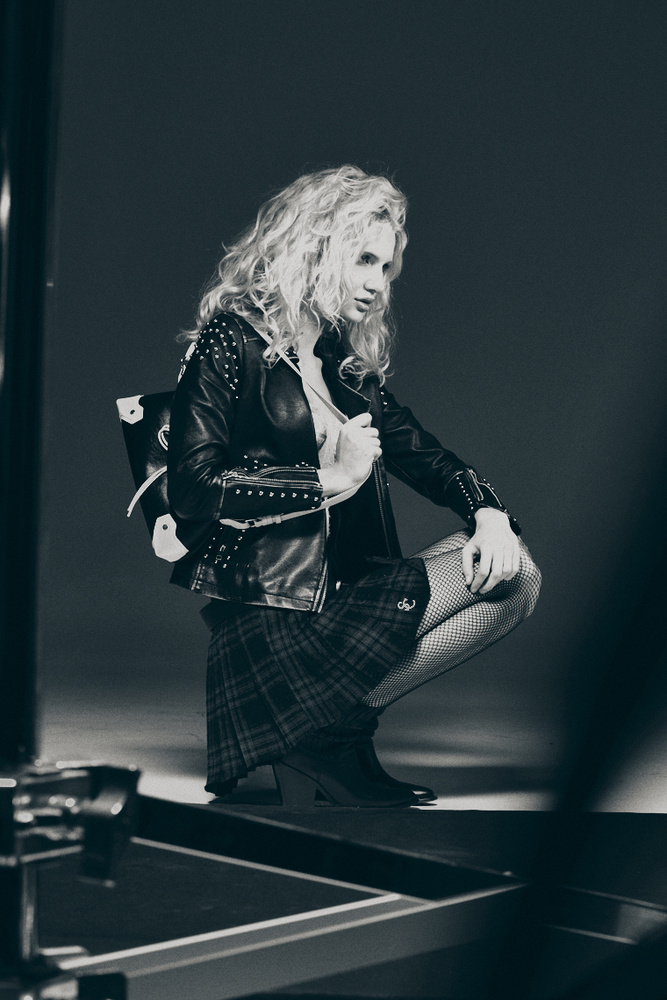
What I Liked
- Performance
- Size and Weight
- Price ($399, or $200 used)
What Could Be Improved
- Performance at f/1.4
- Weather-sealing
Closing Thoughts
The Canon EF 50mm f/1.4 is an old lens. That said, if you are still shooting on EF-mount cameras, don’t overlook the mighty 50mm, especially for studio photography. This lens packs a ton of performance and can be a great tool.
What is your experience with such focal lengths? Are you a fan of the 50mm focal length? Let us know in the comments below!
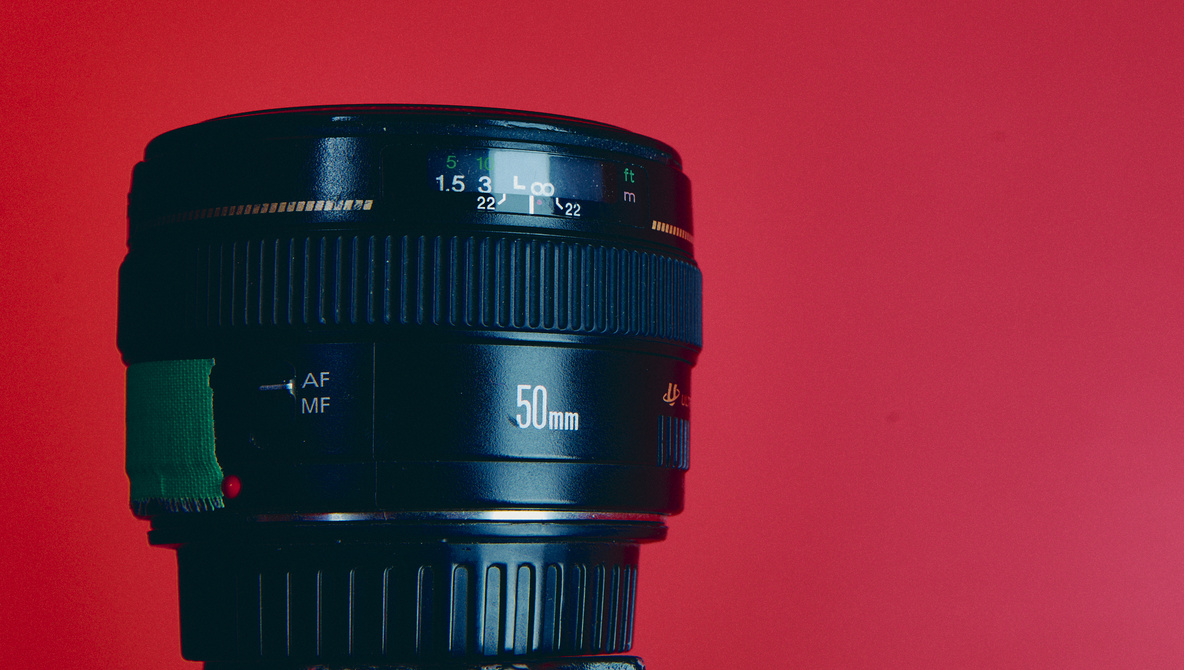







What people constantly ignore is that just because a newer more advanced camera gear comes out it doesn't mean that old good gear stops being good. I wish people would quit with the elitism and stop telling people they should ONLY go mirrorless when there is a boat load of great older gear out there that works just fine and has for decades.
The 50mm f/1.4 EF is an amazingly fragile lens, and the focusing motor will break during an important shoot.
Ask me and a lot of other people how we know!
I’ve been getting away from Canon for a couple reasons. Firstly, their best (L-series) lenses are all big and heavy. And second, their smaller, lighter lenses *aren’t* weathersealed.
Instead, I’ve been using L-mount cameras and lenses. Lumix’s S-series (L-mount) primes are all sealed, most with f/1.8 maximum apertures, and very good edge to edge performance at max aperture. And they’re relatively inexpensive. Add in operation down to 14 F and you have equipment that works in extreme weather, unlike Canon’s stuff, which is only rated to 32 F.
** The Lumix S 50mm f/1.8 lens is sealed, and has great sharpness to the corners at f/1.8. It beats the pants off the EF 50/1.4 at the cost of 1/3 stop of aperture, which is negligible. And you can buy one for $348 brand new. **
I am planning to get a lumix s5ii for my eventual backup, with my r5 as my new lead body, replacing my workhorse 5d3. If I had the budget I would get one now on a the current discount deal.
I despise being locked out of 3rd party lenses. And sony...no. Panny is a brand with out biases*. Panasonic has always been one of my favorite, reliable, consumer electronic brands since way back in the days, and their video chops are legend.
Canon does annoying stuff with every body thats not a flagship - liek leaving out the save settings feature from the R62. The CPS tech that informed me of that had no idea that feature was left out of r62 firmware. Sheesh.
Go outside and take portraits at around f2.2. See how it feels compared to f2.8 zoom.
In any canon forum (dpreview, etc) and the canon reddit, I am constantly defending this lens against loons claiming that it is trash/unusable/low quality/worse than rf cheapo fifty...so thanks for this.
That said, I personally have been using this lens exclusively at 2.8 for 12+ years(!). It took 3 copies of trudging through busted used ones - then I settled on a new one for the win. It's been in service ever since. No motor fails, no issues at all. It's in perfect condition.
So for me, the IQ has always been fantastic at 2.8, so I get a little peeved when I see these doomers downplaying it's overall quality. Would I like to shoot at even 1.8 with this lens? YES. But 2.8 is so universally good for portraits that it hasn't hampered my work at all.
And since canon HATES mid-range lenses now (MIA),we're just waiting..and waiting...for a new version. They probably will never make it.
I bought and regularly use the Canon EF 40mm f/2.8 STM lens. If you are not going to avail yourself of the f/1.4 Aperture on the EF 50mm f/1.4 USM lens for quality reasons, then you really owe it to yourself to try the Canon EF 40mm f/2.8 STM lens. It offers stunning performance between f/2.8 and f11. Very sharp and contrasty on the Canon EOS 5D Mark IV. Don't write it off because it is so inexpensive. It is one of the best of my Canon lenses bar the Canon EF 135mm f/2L USM lens. This lens is X5 more expensive and very heavy. The problem is that I have owned my copy from launch as a Walk About compact lens and I don't think that Canon manufacture it anymore.
Hated that lens, loved it afterwards, sold it for the Zeiss Planar 50/1.4, sold the Zeiss for a Leica Summilux 50/1.4 ASPH, and all those lenses have benefits and downsides. None is perfect.
Loved the EF 50/1.4 for being lightweight, and perfect for learning to focus on 6D body. The Zeiss was more dreamy wide open (well, which is a bonus or downside depending on your purpose), and sharp as a razor's blade at f5.6 up to f13 (f2-f4 where also great, but for other purposes). The Summilux beats the Zeiss (should be so, as it's price is ridiculously high compared to all that lenses in sum), sharp and dreamy wide open, awesome stopped down, but ... made for Leica, so adapted to an EOS R or R6 it shows crappy borders (soft, the lower one too dark) and a heavy vignette.
Looking back the EF 50/1.4 was the best price option, the Zeiss the optically best (if you don't need a modern look wide open).
I do wait for a nice RF 50/1.4, as I don't like that heavy RF 50/1.2 monster (which seems to be awesome, but I'm getting old and tired of carrying heavy lenses).
This crappy lens has been discussed on 2 other web forums within the past months. So fstoppers just copies and pastes material from public discussions and repackages it as an "article". Great stuff. Such originality.